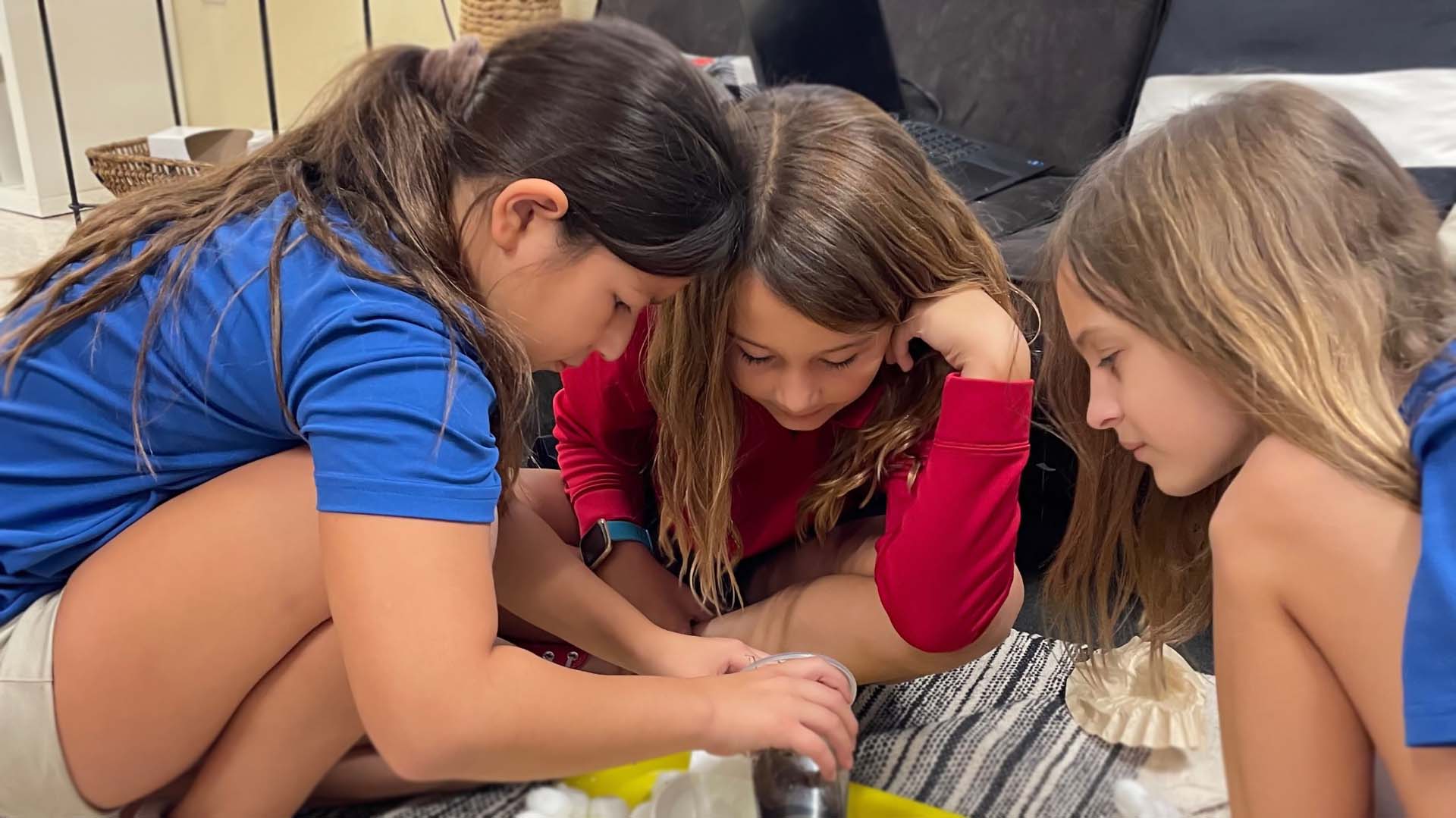

Give your child the gift of success!
What is the Orton-Gillingham Approach?
Orton-Gillingham instruction starts with the basics, focusing on the phonics and structure of language. It moves gradually to weave the skills of reading, spelling, and writing into an integrated whole. Feedback is immediate, so students master skills step-by-step to achieve literacy and self-confidence and become more capable of achieving their full potential.
The Orton-Gillingham Approach is...
Personalized, Diagnostic, and Prescriptive
Multisensory
Language-Based
Cognitive
Structured, Sequential, and Cumulative
Success-Oriented and Emotionally Validating
About Orton and Gillingham
 The approach is named after neuropsychiatrist and pathologist Samuel T. Orton (1879-1948) and educator and psychologist Anna Gillingham (1878-1963). Orton was a pioneer in reading and language-processing difficulties who had identified dyslexia as an educational issue by 1925.
The approach is named after neuropsychiatrist and pathologist Samuel T. Orton (1879-1948) and educator and psychologist Anna Gillingham (1878-1963). Orton was a pioneer in reading and language-processing difficulties who had identified dyslexia as an educational issue by 1925.
With Orton’s encouragement, Gillingham compiled and published instructional materials beginning in the 1930s that provided the foundation for teacher training and student education and soon gained acclaim as the “Orton-Gillingham Approach.” The curriculum content and instructional practices derive from a body of time-tested knowledge and practice, as well as from scientific evidence about how people learn to read and write; why some have difficulty doing so; how dyslexia makes achieving literacy harder; and which instructional practices are best-suited for teaching dyslexics to read and write.